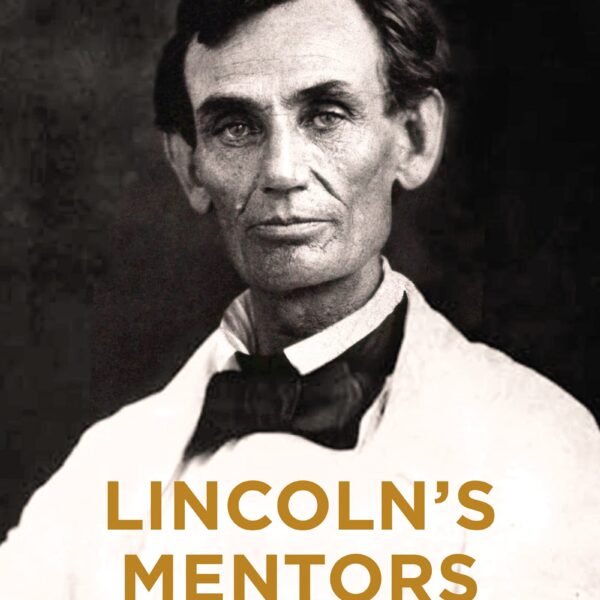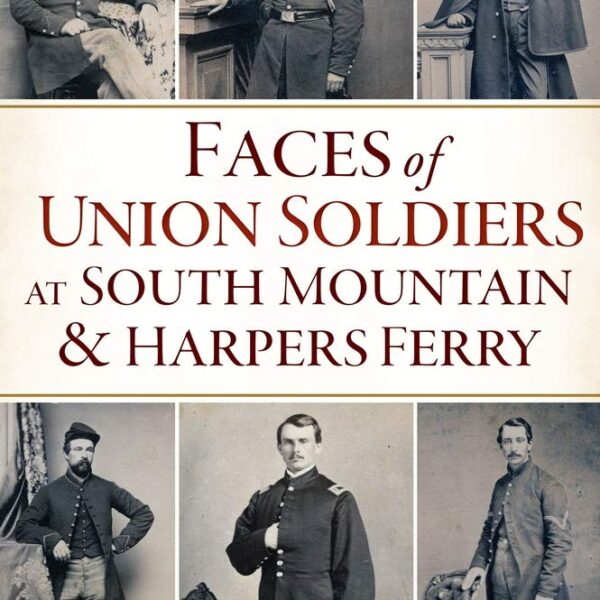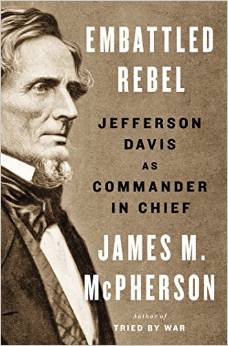Historians have long tried to capture the experience of the common soldier ever since Bell Wiley wrote Johnny Reb (1943) and Billy Yank (1952). Since then they have described everything from their views on slavery, to their devotion to their respective national causes, to their religious experiences in camps. The more general studies of soldiers have touched on the subject of what soldiers ate, of course, but none in quite so much detail as William C. Davis’s A Taste for War (2011), which was originally published in 2003. In this task, Davis follows in the footsteps of John B. Billing’s Hardtack and Coffee (1887), but greatly exceeds that Union veteran in the scope of this culinary work.
In this work, Davis explores what the men both blue and gray ate, drank, and struggled to keep down in eight thematic rather than strictly chronological chapters. While the first chapter talks about the early days of supplying the men with food and what the respective governments did to alleviate their soldiers’ obvious incompetence in cooking, other chapters talk about food in camp later on during the war, as well as in hospitals and prisons. He also devotes whole chapters to particular kinds of foods and how they were cooked, including meat, bread, and the always appreciated box of jams, cakes, and other delicacies from home.
The second half of the book is full of recipes from the Civil War era. While Davis focuses solely on what the men in the field ate, the recipes are actually almost all from contemporary civilian sources as well as modern compilations of wartime recipes. To be sure, some of them come from soldiers (“Dayton Flint’s 15th New Jersey Dumplings”) and some are quite humorous (“General Pickett’s Five Forks Shad Bake”), but many of the recipes would simply have beyond the ability of the average soldier to create, as Davis freely admits (128, 132, 154). This section is beyond the ability of this reviewer to evaluate any further, it seems doubtful that many of the recipes would appeal to twenty-first century palates despite the commendable efforts of the author to modify them to current cooking standards. With recipes such as “Pine-Top Whiskey” included, one can only hope that readers will heed Davis’s caution to cook these recipes “at their own risk” (129, 181).
Throughout his discussion of food in the camp, Davis provides overwhelming evidence of his central theme that the culinary experience for soldiers was a poor one for non-officers. “From 1861 to 1865 [soldiers’] menu was a three-course meal of monotony, insufficiency, and improvisation” (xvi). Many historians, of course, have commented on the poor state of nutrition in both armies, especially in the South. Still, it was a topic that was due for the kind of in-depth and thorough examination that Davis gives it. Davis argues persuasively that malnutrition probably exacerbated the poor health of many soldiers, noting that disease of diarrhea was the “biggest single killer” of men, especially in the prison camps. Interestingly, he posits that such “bowel complaints” probably affected both sides “almost equally” and that the South never lost a battle due to malnutrition (126-127). Even so, it almost certainly did not help and malnutrition in camp and back at home probably had at least some influence on skyrocketing Confederate desertion rates near the end of the war.
Some of the most interesting parts of the book, and perhaps where the book could have been tied more closely to recent scholarly literature, comes during Davis’s discussion of food in prison camps. Davis demonstrates how the food prisoners ate on both sides steadily declined during the war and played a role in the horrendous death rates in both northern and southern prisons. Although Davis only briefly mentions such vengeful episodes, it seems clear that northerners such as Secretary of State Edwin Stanton and Commissary General of Prisoners of War William Hoffman cut food to prisoners in a retaliatory measure whereas southerners simply did not have the resources to care for their own men or Yankee prisoners (100-102).
Here would have been an opportunity to tie the story of soldiers’ food to questions of hard or moral war raised by Mark Grimsley’s Hard Hand of War (1995). Looking at nutrition in context with the Union’s “hard war” policy could have made a contribution to this important scholarly debate. Perhaps in an effort to appeal to a popular in addition to his scholarly audience, Davis tried to steer clear of such a discussion. Using A Taste for War as a starting point, perhaps future historians can look at food on the home front in comparison with that which was provided to soldiers in order to explore in greater detail the relationship between the two and the larger bureaucratic machine that both countries had to create in order to feed their men. After all, the process of getting food to the men, as Davis correctly notes throughout, played a large role in what they ate. It would also be another angle with which to explore the question of “popular will,” especially in the Confederacy as diets of those in war torn areas presumably declined considerably during the course of the conflict.
These minor points aside, William C. Davis has written an important and engaging work about what Union and Confederate soldiers ate and how their diet impacted their experiences as soldiers. Although he chronicled their culinary experiences from almost every angle, Davis’s work will hopefully generate an even greater attention to the importance of food and nutrition during the war. A Taste for War is highly recommended to all readers who want to learn more about this important aspect of Union and Confederate soldiers’ lives.
William Kurtz is a Ph.D. Candidate in the Corcoran Department of History at the University of Virginia.





